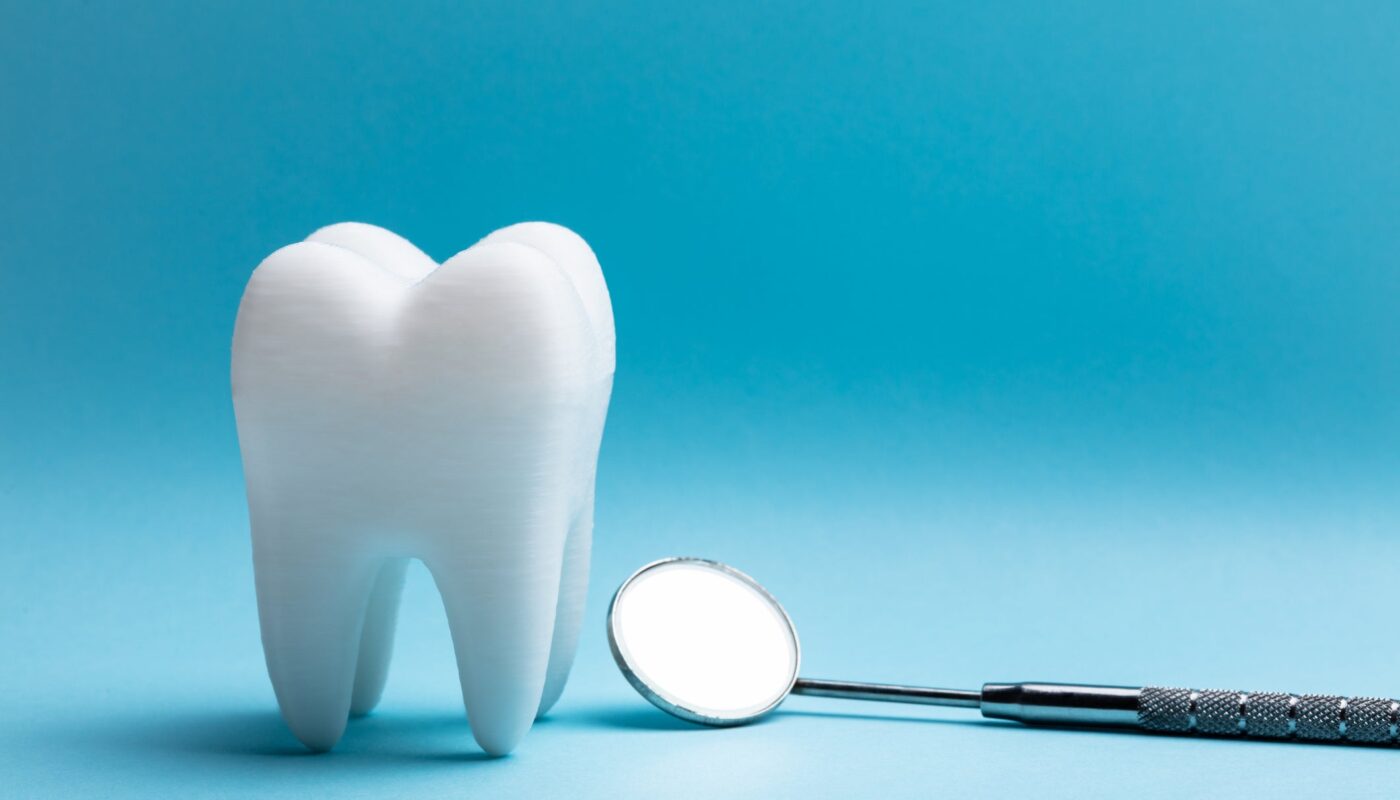Restorative dentistry is a vital branch of dentistry that focuses on repairing and restoring teeth that have been damaged due to various reasons like decay, trauma or wear and tear.
What is Restorative Dentistry?
Restorative dentistry, also known as operative dentistry or restorative dental treatment, involves repairing teeth that have been affected by decay, fractures or other problems. The main goal of restorative dentistry is to restore proper function and aesthetics to the teeth being treated. Some common examples of restorative procedures include fillings, crowns, bridges and veneers. These procedures help replace missing or damaged tooth structure in order to strengthen teeth and prevent further cavities or damage.
Restorative Dentistry undergo specialized training beyond general dentistry to learn advanced techniques for rebuilding teeth to their original form and function. They carefully assess each patient and develop individualized treatment plans based on the specific needs and wants of the patient. Overall, restorative dentistry aims to improve oral health, function and self-confidence through high quality dental repairs.
Common Restorative Procedures
Some of the most frequently performed restorative procedures include:
– Fillings: These include silver amalgam or tooth-colored composite fillings that are used to repair dental cavities and small fractures. Fillings fill in holes and protect remaining tooth structure.
– Crowns: Crowns are cap-like coverings used to entirely cover teeth that have extensive decay or damage. They protect and strengthen teeth.
– Bridges: Bridges are custom-made oral appliances that replace one or more missing teeth by anchoring to adjacent natural teeth or dental implants.
– Veneers: Extremely thin shells made of composite resin or porcelain that are bonded to the front of teeth to change their color, shape, size or appearance.
– Root canals: When decay reaches deep inside a tooth to the inner pulp, a root canal may be required to repair and fill the inside of the tooth.
Materials Used in Restorations
Dental restorations can be fabricated using a variety of materials depending on the specific needs and location in the mouth. Some commonly used restorative materials include:
– Amalgam: Containing mercury, silver, tin and copper, amalgam fillings are economical and durable options for restoring posterior (back) teeth.
– Composite resin: Tooth-colored resins and plastics that can be shaped and matched to surrounding natural tooth structure for highly aesthetic front-tooth restorations.
– Porcelain: Strong and biocompatible ceramic material used for crowns, veneers, bridges and dental implants due to its lifelike appearance. Bonded with cement to remaining tooth structure.
– Gold alloys: Precious metal alloys known for their strength, corrosion resistance and biocompatibility. Often used for multi-unit front tooth restorations like bridges.
– Zirconia: Very strong ceramic material that has superior mechanical properties and can withstand heavy biting forces, making it ideal for crowns and bridges. Its white color also allows for natural esthetics.
Benefits of Restorative Dentistry
Getting necessary restorative dental treatments provides a number of important advantages. It can help to:
– Improve oral function by repairing damaged or broken teeth.
– Prevent more extensive dental work by protecting the remaining tooth structure.
– Eliminate sensitivity, decay, cavities or other problems affecting oral health.
– Enhance esthetics and restore a bright, white smile.
– Boost self-confidence through an improved dental appearance.
– Facilitate proper chewing and preserve natural teeth for lifelong oral wellness.
Lasting Results with Proper Care
When performed by a skilled dentist using the highest quality materials available, restorative dental procedures can last many years with good oral hygiene care at home. However, some restorations may eventually need to be redone due to normal wear and tear or recurring decay around the edges over time. To maintain restorations for as long as possible, it is important to follow your dentist’s guidance on diet, brushing, flossing and professional cleanings. With commitment to proper oral hygiene and regular checkups, restorative dentistry can effectively restore your smile and preserve natural tooth function for life.
Restorative dentistry plays a vital role in oral healthcare by addressing a variety of tooth issues through various repair and reconstruction procedures. When performed skillfully using biocompatible materials, these restorative treatments can eliminate issues, improve appearance and protect natural teeth long-term. Maintaining all dental restorations with professional cleanings and good home care habits will allow them to withstand normal wear and continually support whole-mouth health. Individualized restorative treatment plans from an experienced dentist are key to achieving lasting results.
*Note:
1. Source: Coherent Market Insights, Public sources, Desk research
2. We have leveraged AI tools to mine information and compile it




